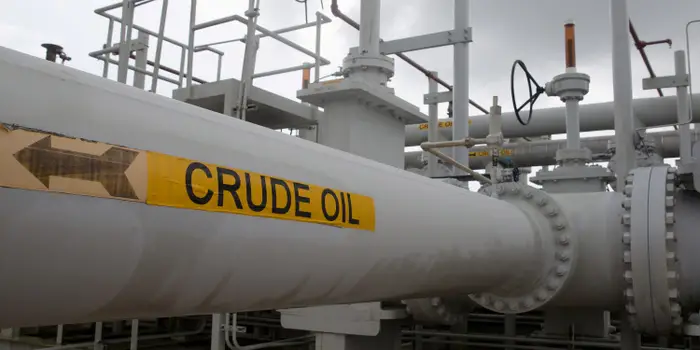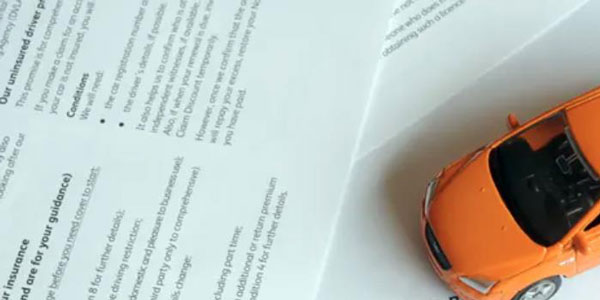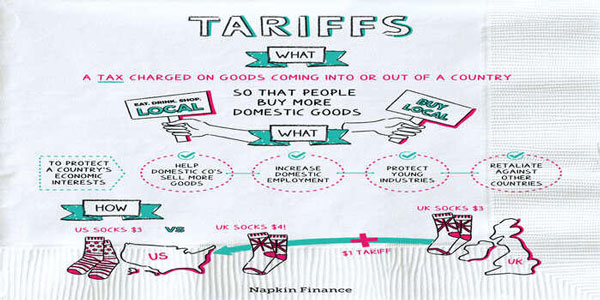Introduction
The two most important aspects of oil and gas exploration are geophysical testing and good exploratory drilling, also known as "wildcat" wells. These two aspects give irrefutable evidence that a reservoir exists and the economic viability of developing it. When searching for crude oil or natural gas reserves, geologists frequently look for a sedimentary basin containing organic-rich shale that has been buried for a period of time that is sufficient for petroleum to have formed. Additionally, petroleum would require the opportunity to sink into porous reservoirs capable of storing a significant quantity of liquid or gas.
The simultaneous fulfillment of these conditions is a prerequisite for producing crude oil or natural gas, and the required amount of time can range from tens of millions to hundreds of millions of years. The interpretation of subsurface features is made possible through sedimentary outcrop mapping. This interpretation can be improved by adding data obtained from core samples or rock samples recovered from subsurface drilling.
What Kinds of Things Go Into Making Up an Oil Reserve?
Most hydrocarbon deposits, also known as petroleum reserves and resources, can be buried deep within the Earth in various geological formations. It's possible to talk about reserves in a particular reservoir, field, petroleum basin, or even an entire nation.

Formation of Petroleum
Millions of years ago, when plants, algae, and plankton floated in oceans and shallow seas, the geological conditions that would eventually give rise to petroleum evolved. After their lives, these invertebrates descended to the ocean floor. They were squished and buried by millions of tonnes of sediment and layers of plant matter throughout time. Sedimentary basins are the dry relics of once-abundant seas. The biological matter was crushed between the highly hot Earth's mantle and millions of tonnes of rock and silt at great depths below the basin floor. As oxygen levels became dangerously low, the organic material began to change into a waxy substance called kerogen.
Proved Reserves
When referring to petroleum, proved reserves are defined as the amount that can be confidently estimated to be commercially recoverable from a given date forward, from a given reservoir, using current economic conditions, operating methods, and government regulations based on an analysis of geological and engineering data. There are two types of proved reserves: developed and undeveloped. The word reasonable certainty is employed to represent a high degree of confidence that the quantities will be recovered using deterministic methods. If probabilistic techniques are utilized, there must be a 90% chance that the recovered quantities will be at least as large as the estimate.
The aim of the reserve estimate, suitable contract requirements, company procedures, and government restrictions involved in reporting these reserves should all inform the selection of a period to average petroleum prices and associated costs across. Reserves are generally demonstrated if production or formation tests back up the reservoir's commercial producibility. Instead of merely referring to the well's or reservoir's output, the phrase "proven" here indicates the actual quantities of petroleum reserves.
Unproven Reserves
The country of Canada is home to the world's third-largest oil reserves, and examples of its oil wells can be seen here. The geological and engineering data used in estimating unproven reserves are the same ones used in estimating proven reserves. Despite this, they cannot be considered proven due to obstacles with technology, commercial obligations, or regulatory requirements. Although estimates of unproven reserves are not commonly compiled, oil companies and government agencies may use such estimates for internal long-term planning purposes. They can be further subdivided into two distinct groups: the likely and conceivable aspects of the situation.
Probable Reserves
You get probable reserves if you take the known accumulations and apply a confidence level of 50% to their recoverability. Experts in the field say they have a "P50" chance of being made. "2P" is also a common abbreviation for "proven plus potential reserves" (proven plus probable).
Possible Reserves
This is a common term for reserves with a 10% or higher probability of being generated ("P10"). Potential reserves are classified because of factors such as conflicting interpretations of geology, reserves that cannot be produced at commercial rates, uncertainty caused by reserve infill (seepage from nearby areas), and predicted reserves depending on future recovery methods.

Conclusion
A country or region's oil reserve determines how much recoverable crude oil is. OPEC holds roughly 80% of the world's oil reserves (OPEC). In a national energy emergency, the US maintains a stockpile of crude oil in the SPR.











